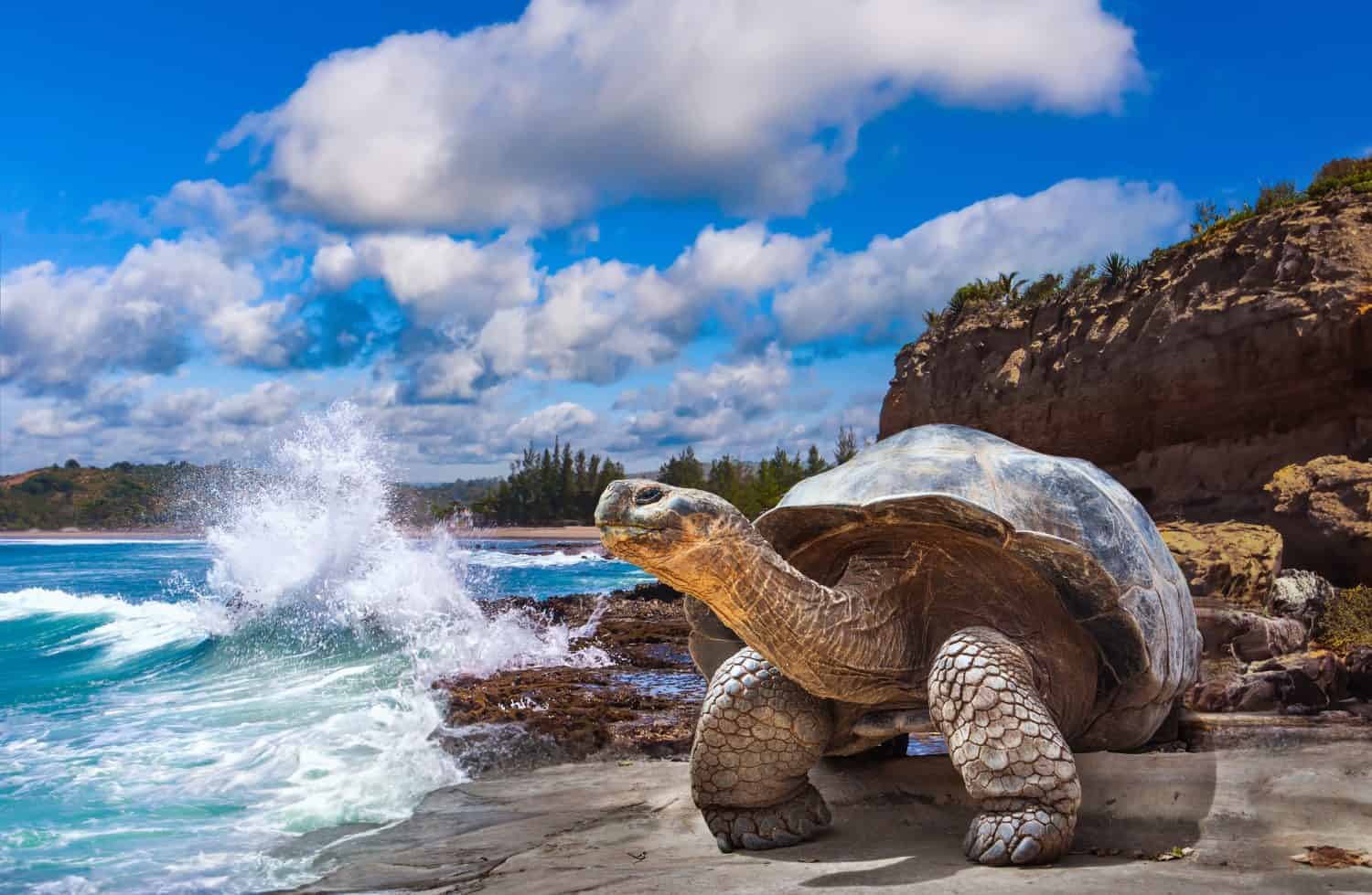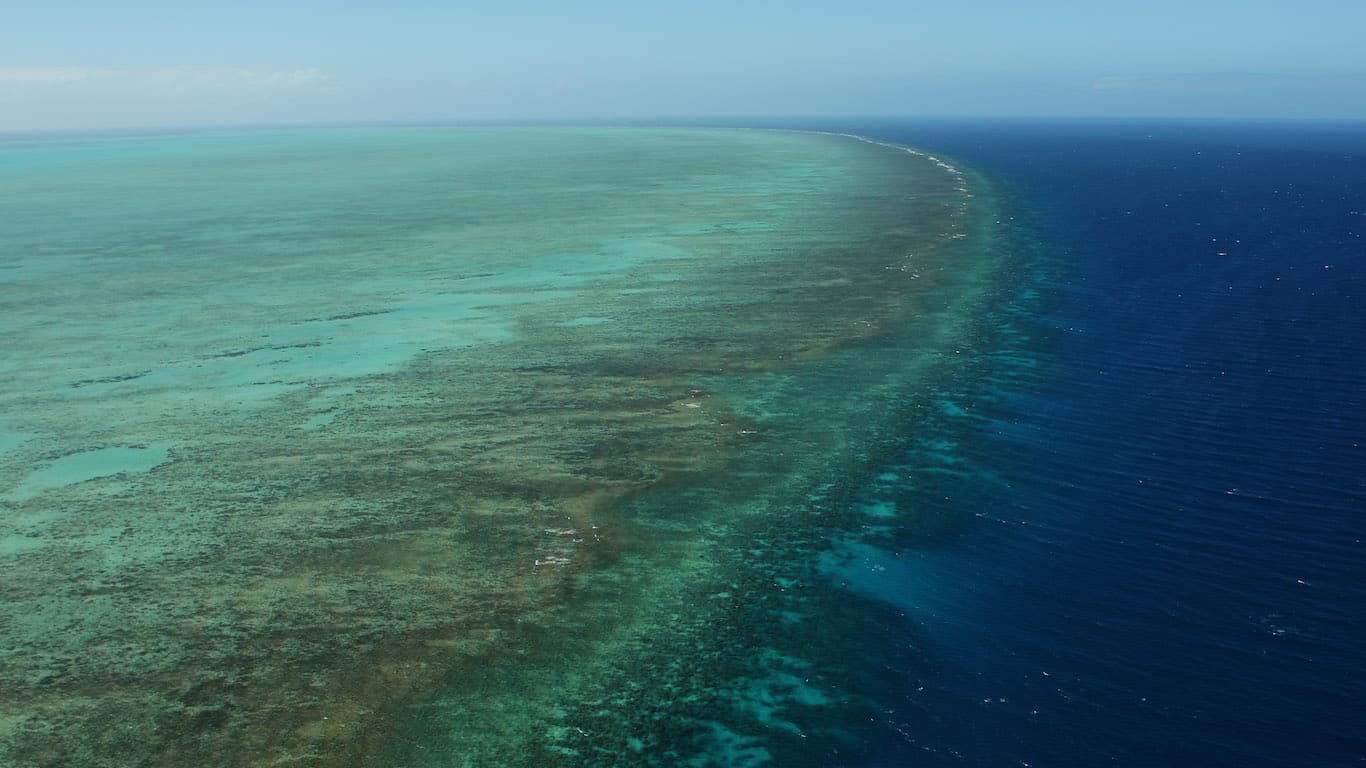There are 195 countries in the world today. With this many nations, choosing where to visit and what to see is often hard. Each of these places offers wonderful and unique places to explore. From the tallest mountains of the Himalayas to the Galapagos Islands, home to the highest amount of species found nowhere else in the world, the array of what Earth can offer us is almost limitless.
But these places may not always be around for us to enjoy. Many of these adventure spots are in danger of disappearing for several reasons. From climate change and rising sea levels to erosion or the thoughtless actions of tourists, if we don’t take measures soon, these places will become like the once famous Azure Window in Malta, a natural arch and rock formation that has since collapsed.
To compile a list of travel destinations that may be gone in the next decade, 24/7 Tempo consulted numerous sources, including travel guides such as Rough Guides. Then, these destinations were cross-checked with reputable sources such as National Geographic, scientific papers, and National Parks websites.
From Asia to Montana, here’s a look at some destinations around the globe that you should try to visit before it may be too late.
The Dead Sea
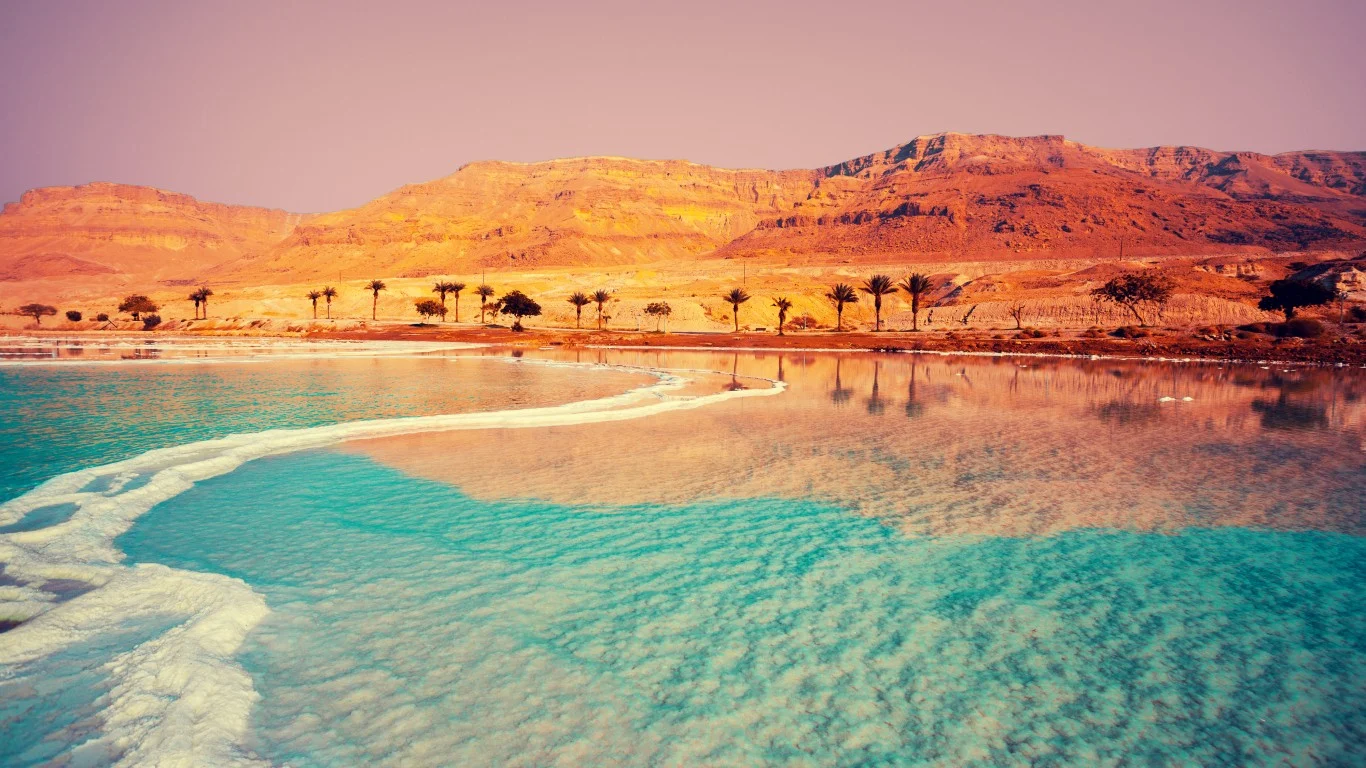
The Dead Sea, a landlocked lake between Israel and Jordan in Southwest Asia, is one of the saltiest bodies of water with the highest mineral count. The inbound lake is so salty that tourists practically float when they sit in it. The shoreline of this salty sea has been steadily receding about three feet every year.
Many factors play a part in the receding of the Dead Sea shoreline. The problems created by man include gathering the minerals to export them and shifting the freshwater sources away from the Dead Sea for use. Global warming is another factor, which contributes to the lake drying up. The receding shoreline has caused dangerous sinkholes, one of which swallowed a parking lot.
While the Dead Sea may not completely disappear, if something isn’t done to preserve it, it may become more challenging for tourists to experience its wonder and history. There are currently no plans underway to address this situation although there has been one proposal calling for the construction of a canal to replenish the Dead Sea with desalinated water from the Red Sea.
Everglades National Park
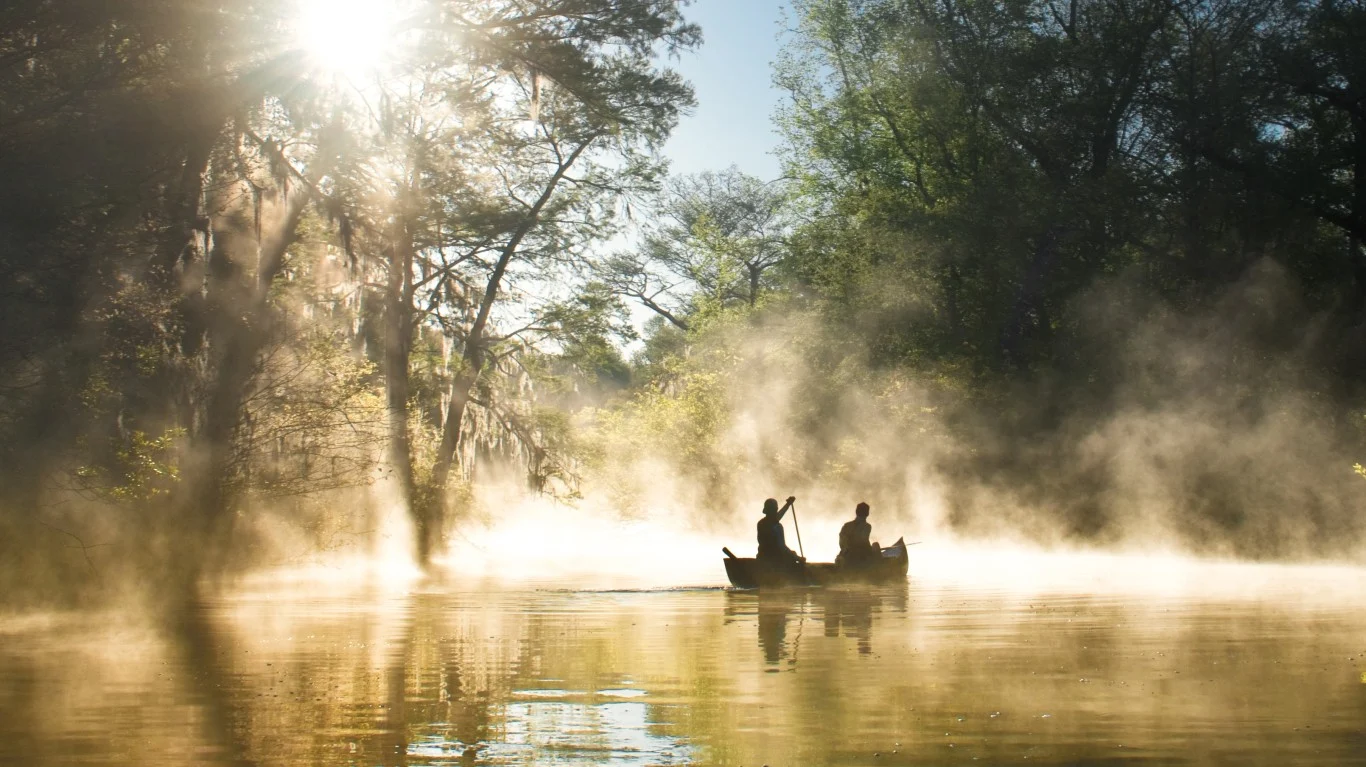
Rising sea levels are affecting Florida’s coastlines, and if the predictions ring true, then the Everglades National Park in South Florida is in danger of disappearing altogether. The Everglades covers about 7,800 square miles across the state and this wetland ecosystem has a surplus of wildlife.
The effects of global warming are already rearing their ugly head, with the rise of sea levels, warmer water temperatures, and higher salinity. According to the U.S. Environmental Protection Agency, the water quality has been degrading for decades due to phosphorus in agricultural and stormwater runoff. This coupled with the changing climate is also affecting the wildlife and plants that thrive in the Everglades.
Seychelles Islands
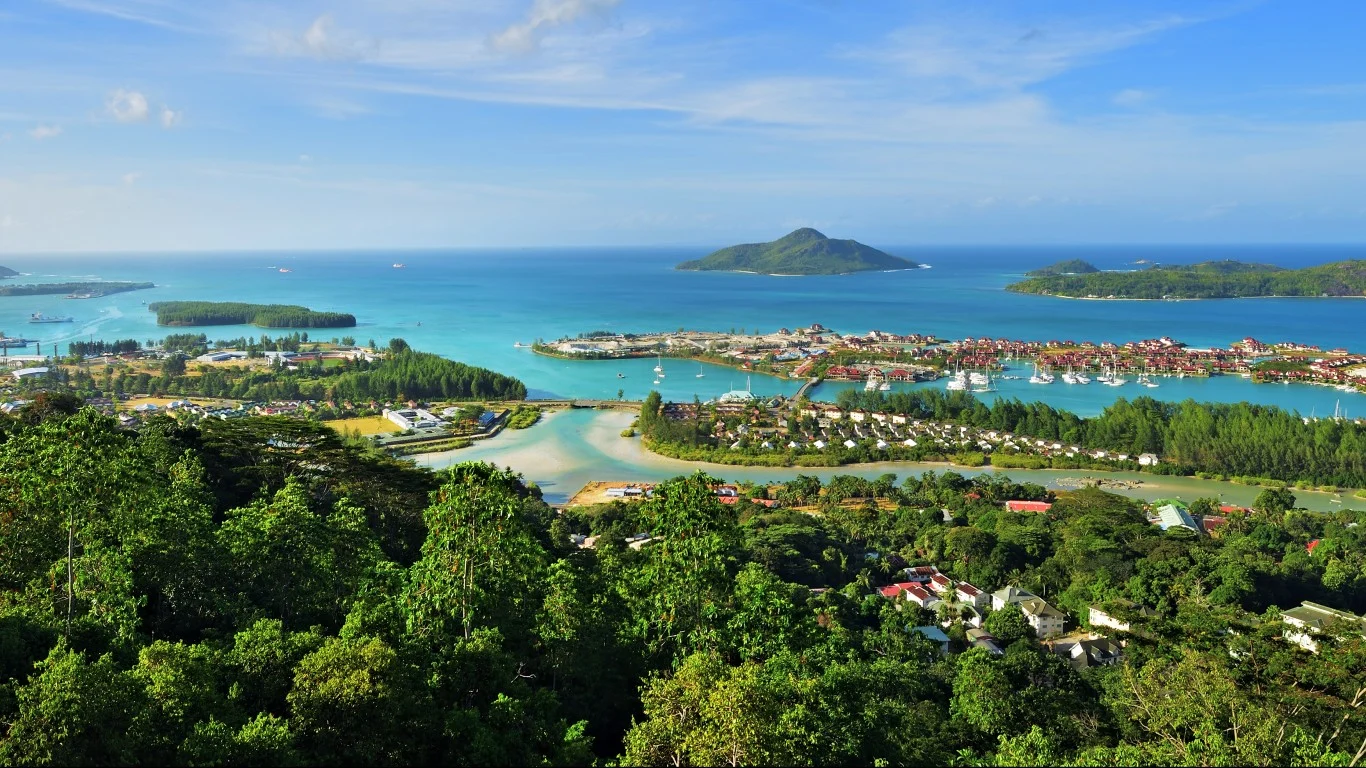
The Seychelles Islands in the Indian Ocean are a tourist hotspot known for its gorgeous beaches and landscapes, and clear blue waters. Even better, many of the beaches are not crowded, allowing tourists to enjoy their vacation more comfortably. However, in the future, the Seychelles Islands may become inhabitable.
Global warming contributes to rising, warmer waters, leading to the sinking of the islands. Climate change has led to altered rain patterns which in turn causes a multitude of issues, from erosion to landslides and flooding. In December 2023, the president of Seychelles declared a state of emergency after an explosion and severe flooding on the Island of Mahe resulted in injuries and death.
Machu Picchu

Machu Picchu is a popular place for tourists to visit in the South American country of Peru. This “lost city of the Incas” may very well be lost to us as well. Because the Incan citadel is now in a rather fragile state, it is in danger of disappearing. As a result of over-tourism, the government has suspended access to certain parts and has limited the number of tourists who can visit daily, going so far as to close the Inca Trail in February of 2024.
However, the visits are still taking their toll, leading to erosion at a speedy rate. Along with the many tourists, Machu Picchu is threatened by erosion and landslides. All of these factors may contribute to its destruction.
Bangkok
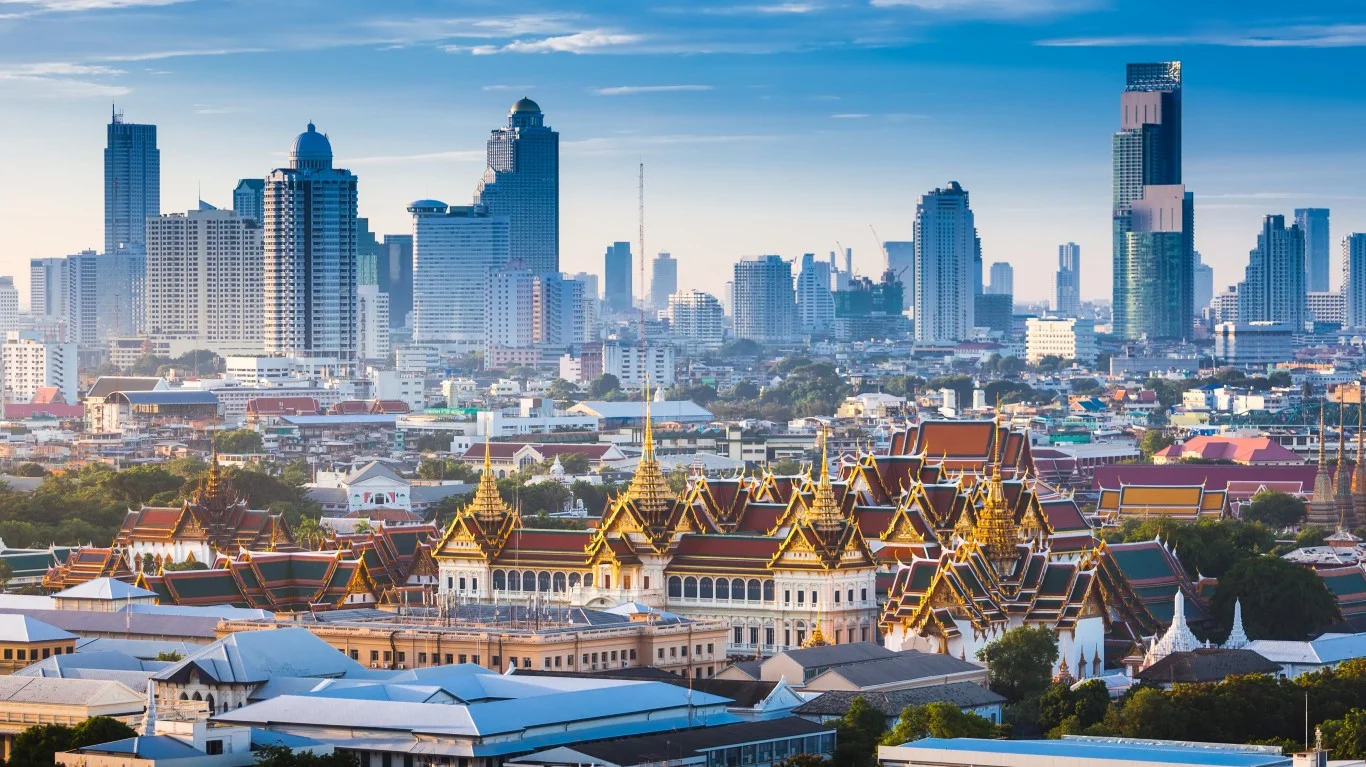
Bangkok, Thailand is a city known for its culture, nightlife, and incredible architecture. But what many might not be aware of is that like Venice, Italy, which is rapidly sinking and is predicted to submerge entirely by 2100, Bangkkok also faces imminent danger of disappearing. The city is only 5 feet above sea level, and due to an extreme rise in sea levels, it is thought that by 2030, an excess of floods will cause 96% of the city may be below the mean sea level.
The Galapagos Islands
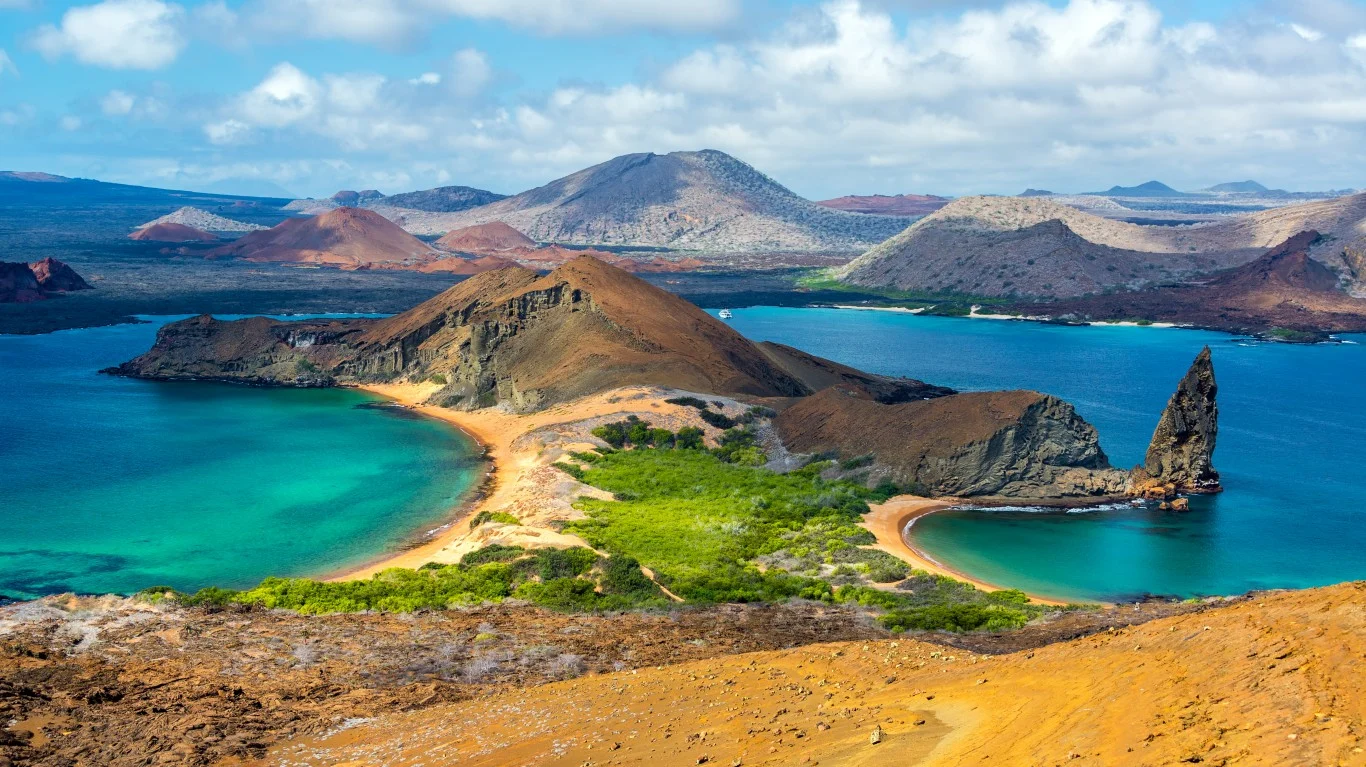
The Galapagos Islands in Ecuador are home to some of the most diverse and rare flora and fauna in the world. This volcanic archipelago was put on the map by famed scientist Charles Darwin, who came up with his theory of evolution and natural selection here, and the islands are known for their giant tortoises.
But these islands in the Pacific Ocean are in jeopardy of disappearing; with some predicting this happening by 2100. As a result of climate change, the influx of tourists, and volcanic activity, the Galapagos Islands are left vulnerable. In 10 years, the Islands will be significantly impacted.
The Mosques of Timbuktu
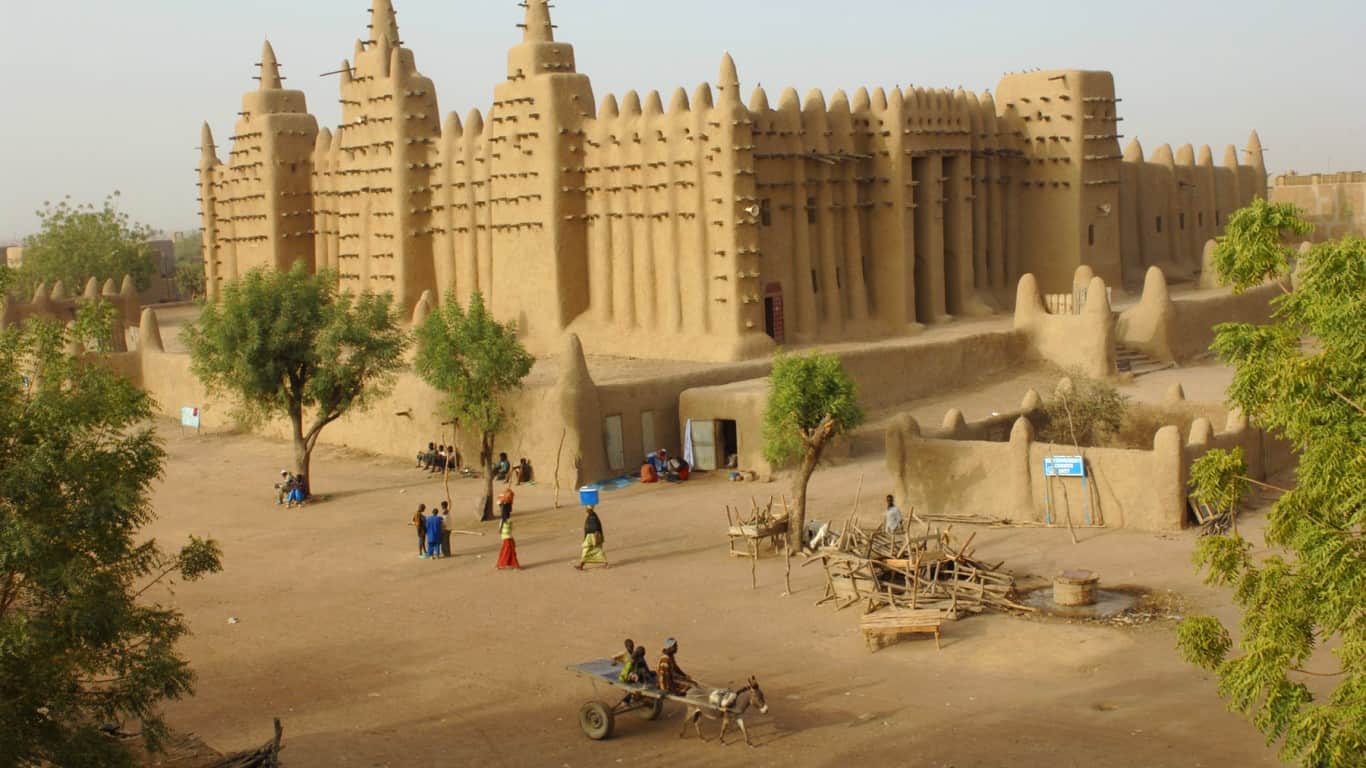
The Mosques of Timbuktu in Mali, Africa, are rich in history. Since the Mosques are part of the UNESCO World Heritage Site, some strive to conserve their integrity, breathtaking architecture, and structure. Their history dates back to the 14th century when their structures were made out of mudbricks.
These three mosques have been continuously restored but according to the UNESCO World Heritage Centre, remain susceptible to desertification. These factors make the remaining Mosques of Timbuktu susceptible and vulnerable to erosion, rainfall, and high temperatures.
Maya Bay
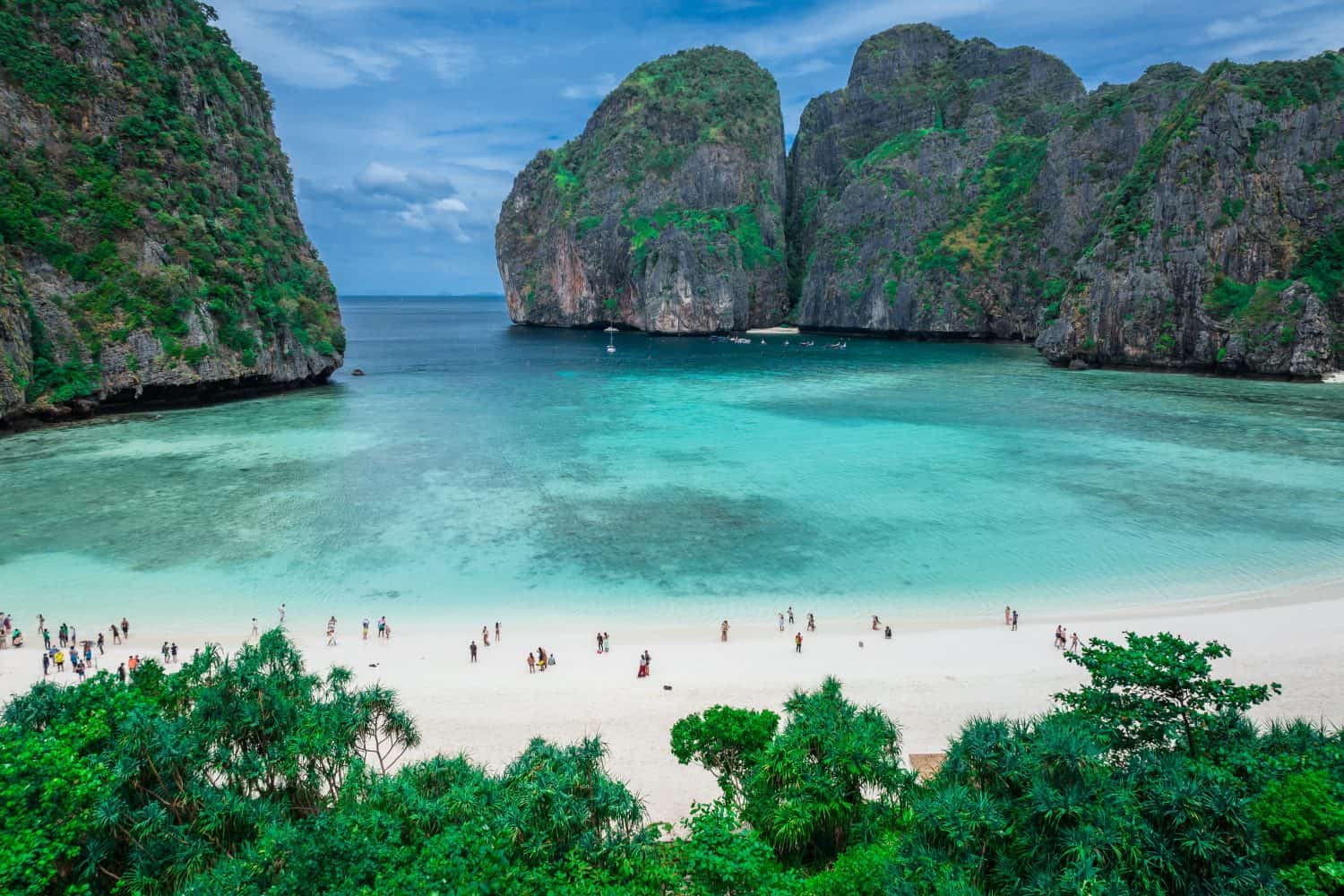
This incredibly beautiful beach in Thailand, known for its white, sandy beaches and 100-meter cliffs, was featured in the 2000 movie, “Beaches,” starring Leonardo Decaprio which prompted an influx of travelers to tour Maya Bay, where the movie was filmed. The problem is that the inflow of tourists has caused damage to the ecosystem. The Thai government has closed the beach several times since then, with the most recent closure from 2020 to 2022, in the hopes that the ecosystem can recover.
Maldives
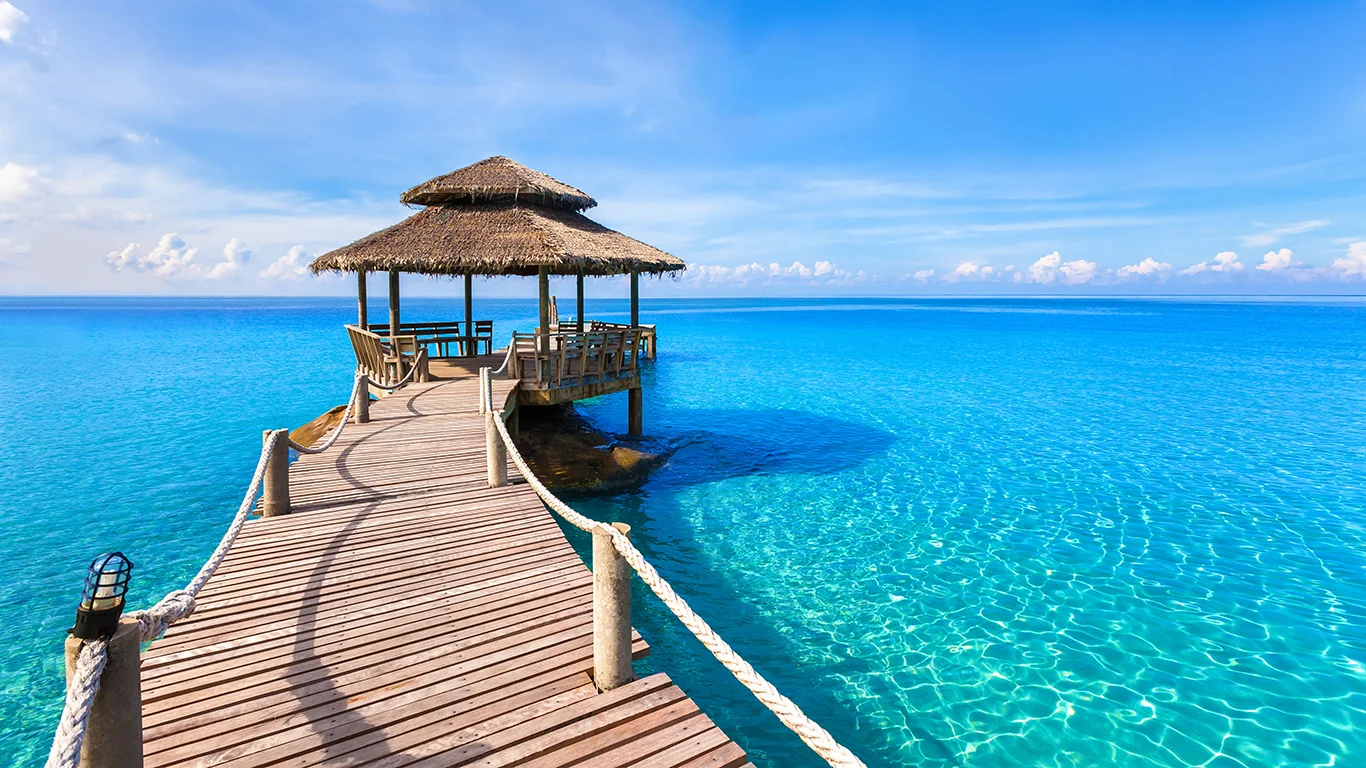
The highest point of the Maldives Islands, located in the Indian Ocean, sits below 8 feet above sea level. With rising sea levels, the Maldives are at risk of sinking. Around 80% of the Islands are about 3 feet above sea level. The impact of global warming paints a dire future for the Maldives.
Although the government has taken many measures to offset the flooding and erosion, it is believed that the country will be completely underwater by 2100. At this point, many predictions are pointing towards the Islands being completely inhabitable by 2050. However, some fear it will be before that.
Majuli Island
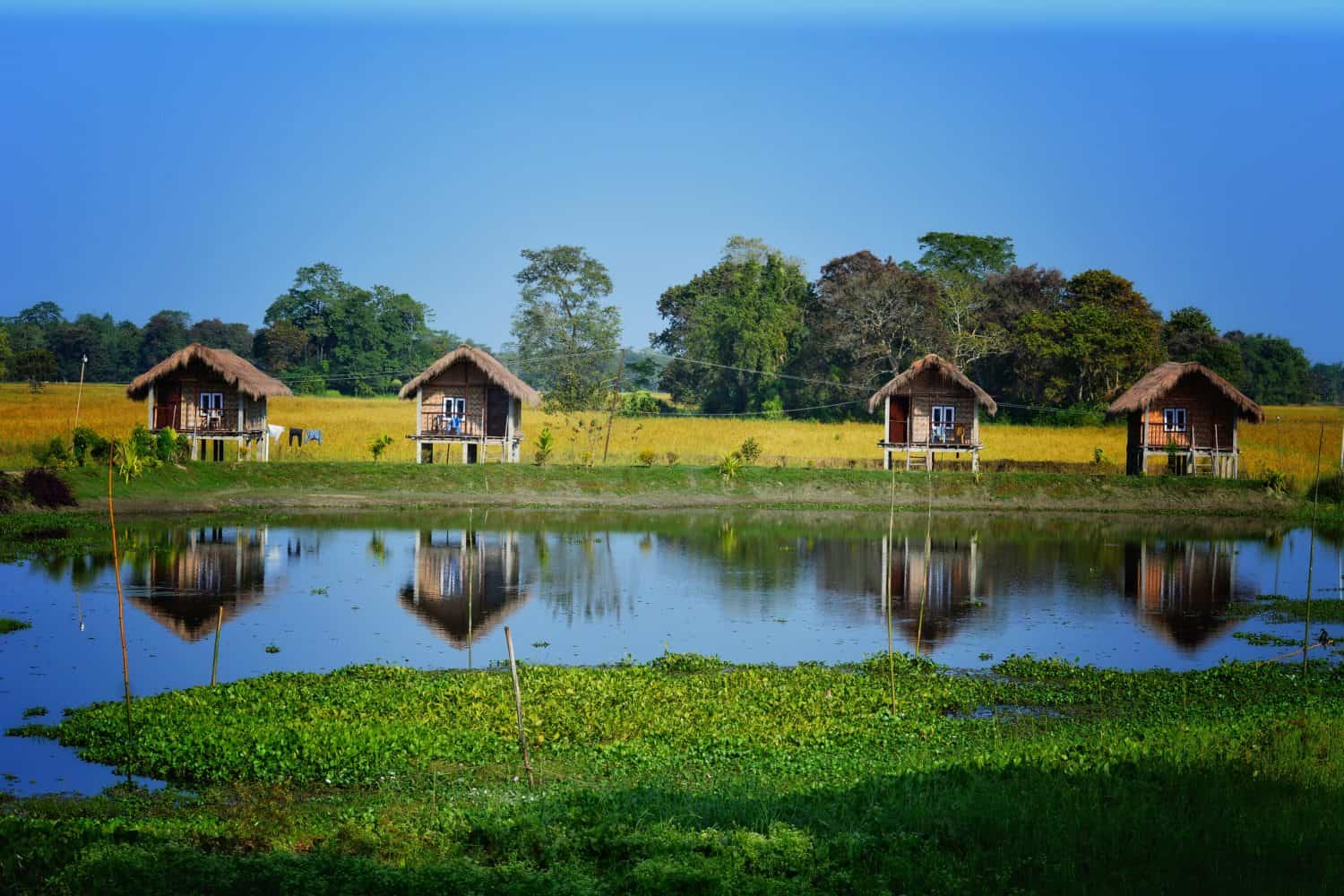
Majuli Island is located in Assam, India, and holds the Guinness World Record for being the largest river island in the world. However, it is this same river that houses it that is also in danger of destroying it. The Brahmaputra River is having drastic effects on the island, with flooding and erosion impacting everything in its path.
At one point in the 19th century, Majuli Island measured around 500 square miles and is now around 136 square miles. Between flooding, erosion, and the ever-changing effects of nature, many experts fear that the island, and its dozens of monasteries, will be submerged entirely sooner rather than later.
The Great Barrier Reef
Scientists predict that most of the Great Barrier Reef off the coast of Australia may disappear unless we act fast. The reef is home to the largest coral reef system in the world and houses diverse wildlife. The disappearance of the reef, which covers a whopping 133,000 square miles, threatens the many animals and marine life that need it for survival.
While many factors play a part in the reef’s death, climate change is the No. 1 factor causing water temperatures to rise, and coupled with pollution, has led to horrendous coral bleaching and deadly starfish outbreaks. Although half of the reef has died, many scientists and organizations are working hard to save the rest.
The Glacier at Montana’s Glacier National Park
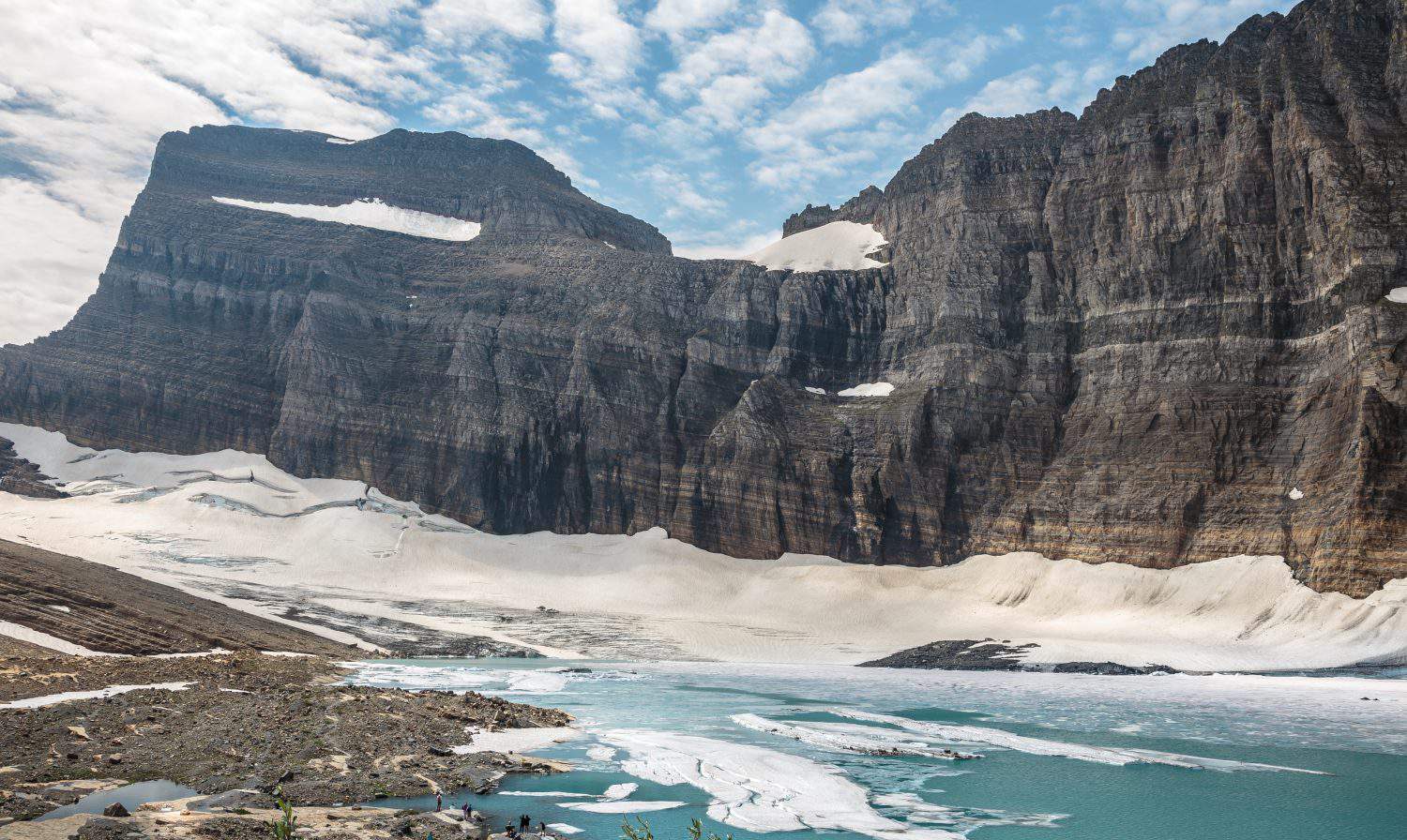
The views you can experience while at Montana’s Glacier National Park are spectacular and offer not only beautiful glaciers but trails, valleys, and lakes. When the Glacier National Park was created in 1910, there was an estimate of around 80 glaciers. Now, there are only 26 glaciers left, and they are rapidly shrinking. Annual mean temperatures have been rising since 1910.
While some predict that the glaciers may disappear as soon as 2030 due to their warming at two times the global average, it’s also possible that they will stick around longer.
Mount Kilimanjaro’s Peak
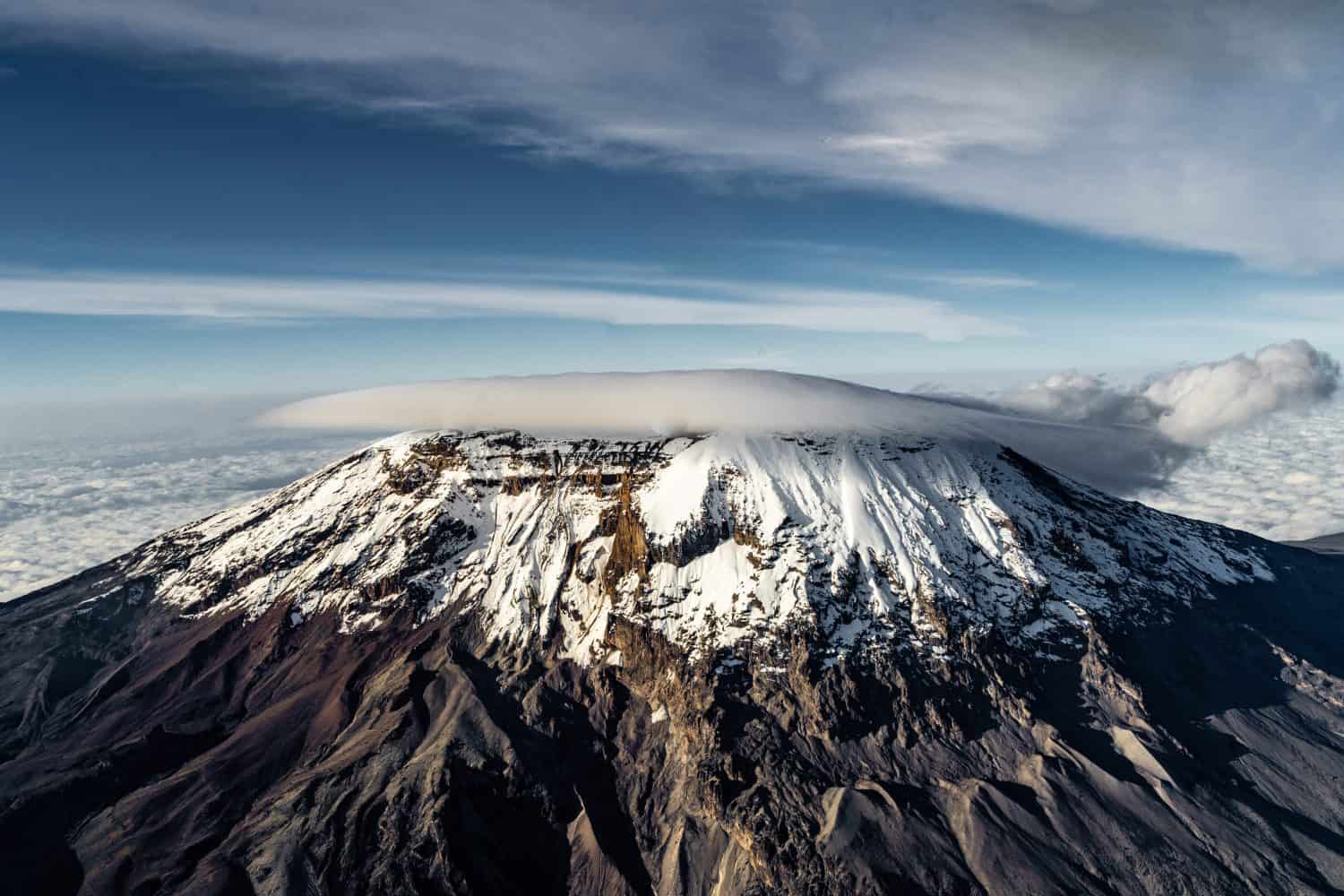
Mount Kilimanjaro is one of Africa’s largest tourist attractions. This dormant volcano in Tanzania is the largest mountain in Africa and was once beautifully adorned with a snow cap. However, since 1912, Mount Kilimanjaro has lost around 85% of its ice caps and their rate of shrinkage has only increased in the last 10 years as a result of global warming. While the mountain will remain, some predict that the caps will disappear sooner rather than later.
Great Wall of China
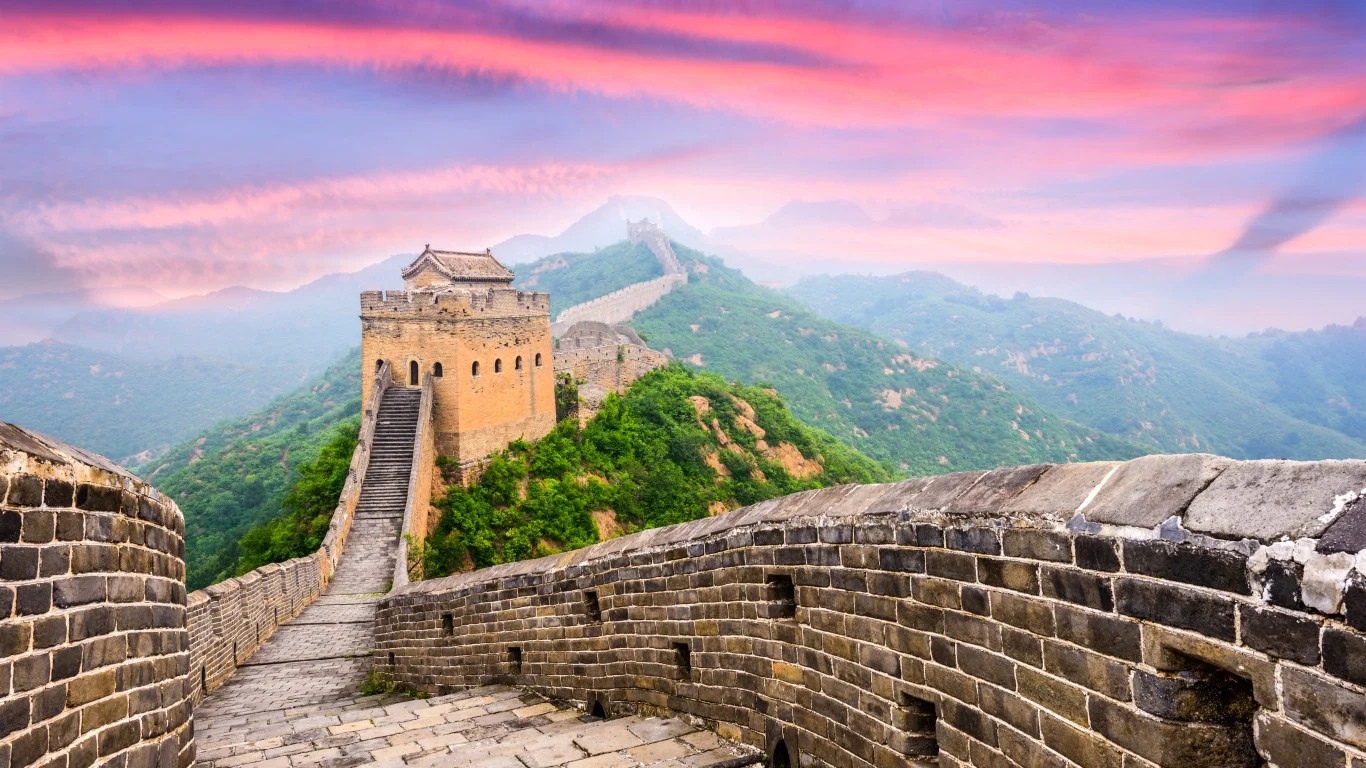
The Great Wall of China is one of the world’s seven wonders. Between its rich history and wonder, it attracts millions of tourists a year. It is the world’s largest fortification, measuring just over 13,000 miles in length. However, as a result of natural erosion and tourism, over 30% of the wall has crumbled completely leaving only dust in its wake. Other areas are crumbling and only a small portion remains, although restoration efforts are ongoing.
Sundarbans Reserve Forest
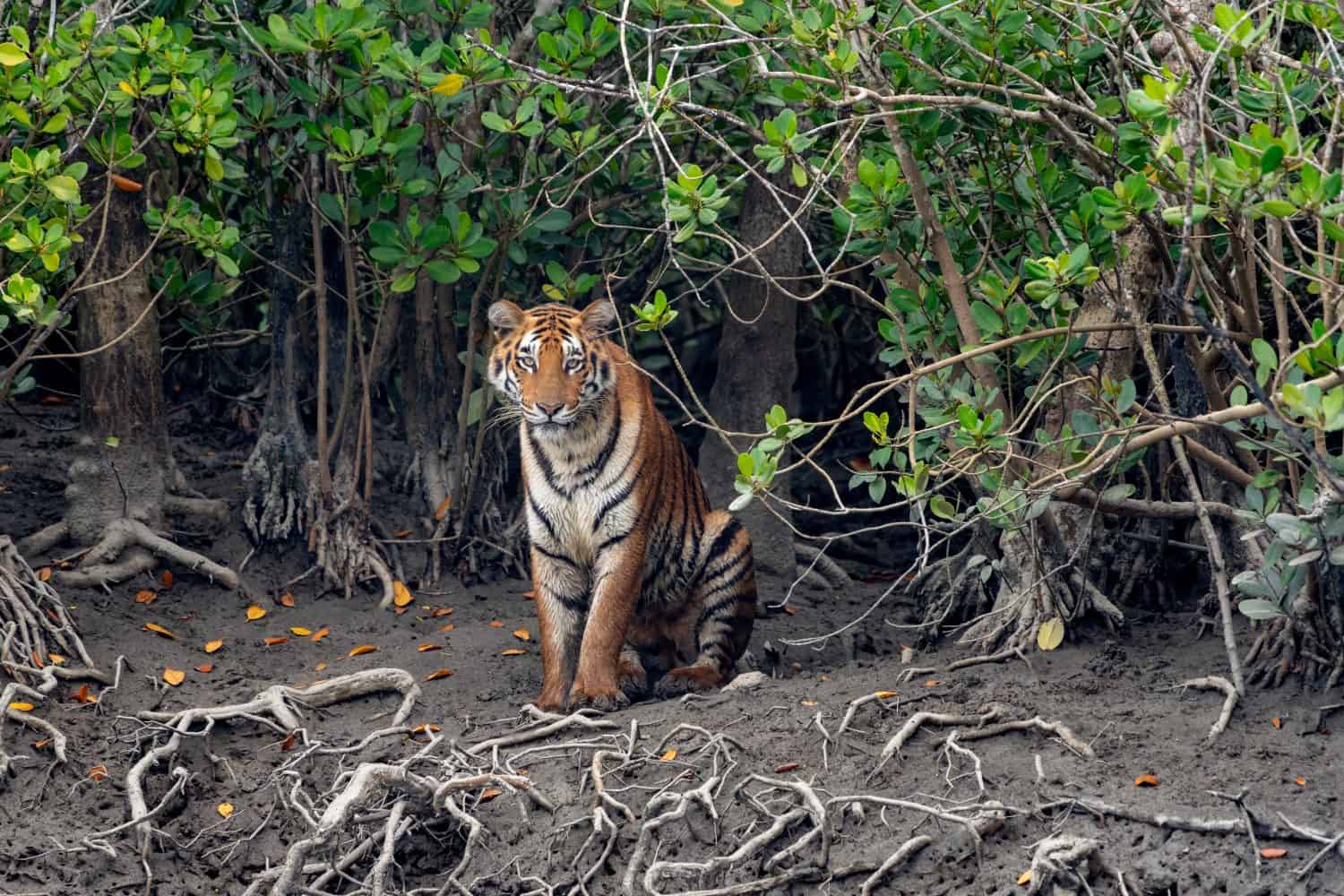
Nature lovers enjoy visiting the Sundarbans Reserve Forest in Bangladesh. This biodiverse forest is home to the royal Bengal tiger but several factors are contributing to its demise. Rising sea levels and erosion play a significant contributing factor to the disappearance of the Sundarbans. Four islands have completely disappeared under water: Suparibhanga, Kabasgadi, Bedford, and Lohachara, which led to the displacement of 6,000 families.
Deforestation and pollution also contribute to the disappearance of the Sundarbans Forest. (Now that you have an idea of some places you should visit fast, look at the 50 natural wonders everyone should see at least once and the most breathtaking natural marvel in each state.)
